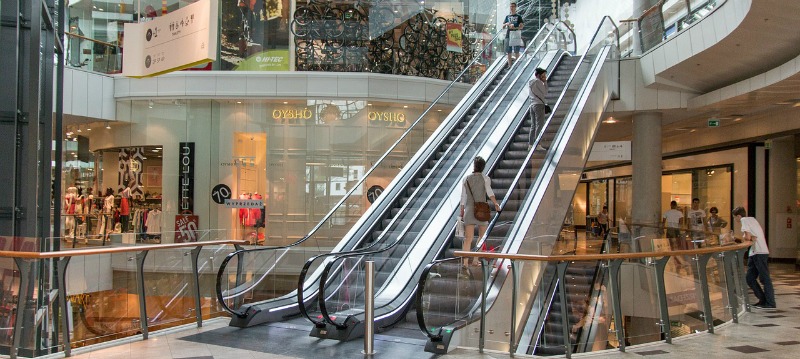
This Week: Is streaming performances good for the arts?… Why Are we still allowing ticket surcharges?… Another study tells us how to build arts audiences… TV’s audience base is slipping away… How will the death of retail affect the arts?
- Streaming – Good Or Bad For The Arts? More and more arts organizations are live-streaming their events. But how does it impact the arts? Build awareness to increase ticket sales? Or turn the ticket-buyer into a non-buying online lurker? A report compiled by Frédéric Julien of CAPACOA and research consultant Inga Petri, argues that “non-profit groups will need to consider their own versions of vertical integration, with presenters making strategic alliances with producers or co-operating with private industry to build networks large enough to draw the audiences they will need. As a model it points to Radioplayer Canada, a single app implemented by 400 public, private, community and campus radio stations. For the performing arts, the details are still hazy, but the message is clear: Go digital or go home.”
- Audiences Hate Ticket Surcharges, So Why Do We Allow Them? Ticketing fees can add considerable cost to tickets, and if ticket cost is a factor, then we’re undoubtedly dissuading some fans. One theatre has had an epiphany: “At the Birmingham Stage Company we recently went public about our decision to pull out of future presentations at Leeds Grand because of the £3 booking fee and £1 restoration fee that is levied on all tickets. This means that schoolchildren seeing our production of Gangsta Granny by David Walliams for £10 are then being asked to pay another £4 on top. This effectively amounts to a 40% surcharge on every ticket.”
- Another Study That States The Obvious Way To Build Arts Lovers: Expose them to the arts at an early age and have them study the arts. “Rather than disengage from art-making and arts attendance upon graduation, students of school-based music and arts education were significantly more likely (than their peers) to create art in their own lives, and to patronize arts events.” No go forth and make arts opportunities for kids!
- TV Is One Of Our Most Creative Media Right Now, But Its Paying Base Is Slipping Away: Shelly Palmer argues that there will still be TV networks in a few years, just not the traditional ones: “People often reminisce about the ‘good ole days’ when there were four major networks: ABC, NBC, CBS, and Fox. We are transitioning to a world where there will still be four networks, just not the four networks you’re used to. FANG (Facebook, Amazon, Netflix and Google) is delivering actionable data to advertisers in ways that traditional broadcasters simply can’t.”
- Physical Retail Stores Are Dying As Consumer Behavior Changes: This is the week that dying retail stories were everywhere. Dying malls. Dying retail stores. Tens of thousands of jobs lost. As we increasingly shop and buy online, physical stores are shuttering, and the social implications are enormous, from job losses to some fundamental changes in consumer behavior. So how does this impact the arts? If shopping is a social behavior that takes us outside our privately-constructed bubbles to interact with others, are we going to be more isolated? Are we shrinking our exposure to diversity? If we go out less in public to shop will it be more difficult to convince us to come out to the theatre or museum? As physical shopping declines, will people turn more to the arts to get their sense of community?
Image: Pixabay
Leave a Reply